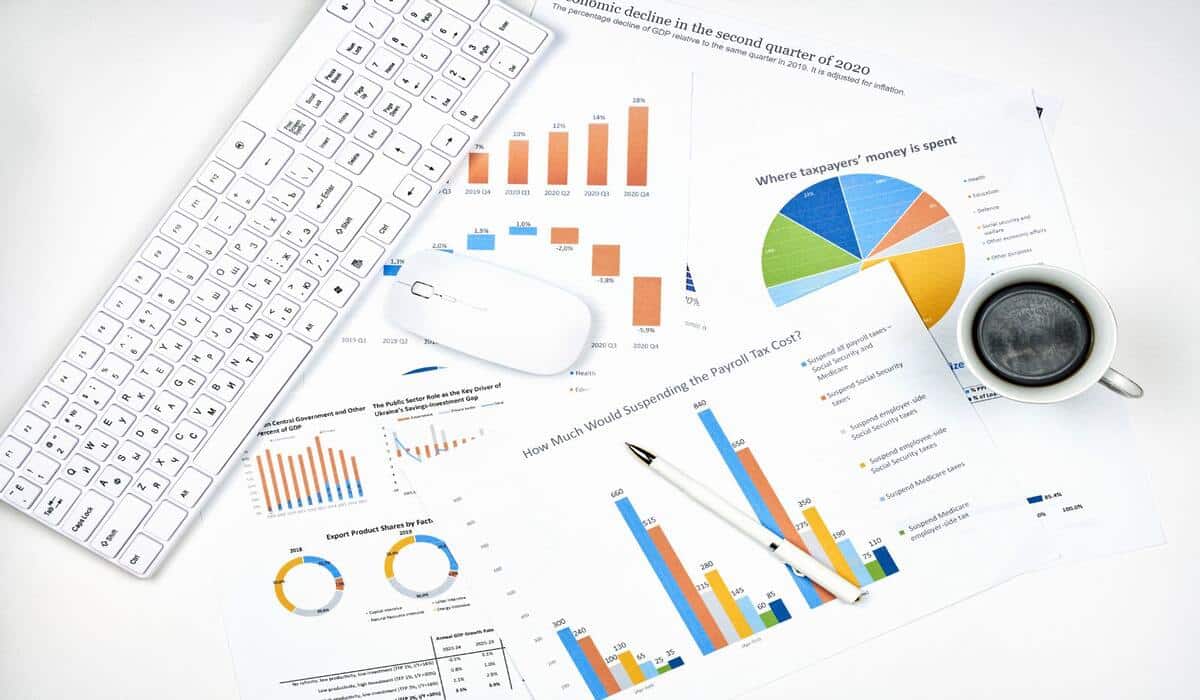Table of Contents
In the ever-evolving DME industry, maximizing revenue and reducing costs are both key aspects of business success. Doing this requires effective strategies for managing medical equipment supply, billing, and reimbursement. Whether you’re new to this sector or a veteran manufacturer, supplier, or provider – understanding how to optimize these processes is critical to maintaining your competitive advantage. In today’s blog post, we’ll explore specific techniques that you can apply immediately in order to cut down on unwanted expenditures while increasing return on investment (ROI) for your own organization.
Utilize cost-effective medical equipment suppliers for reduced overhead costs
Utilizing cost-effective medical equipment suppliers is one such solution that can help healthcare providers minimize their expenses. Thanks to advancements in technology and increased competition in the market, healthcare facilities now have access to a wide range of cost-effective medical equipment suppliers that offer top-quality products and services. By partnering with these suppliers, healthcare providers can reduce their overhead costs, ultimately leading to increased profitability and improved patient care. With the proper research and due diligence, providers can find the right supplier that meets their unique needs and goals.
Develop strategies to reduce costs associated with scheduling and billing
Developing effective strategies to reduce costs associated with scheduling and billing can be challenging, especially when dealing with complex medical procedures. Medical billing requires a meticulous approach, as charges are calculated based on the number of equipment units provided, the duration of its use, and the diagnosis codes used. By implementing reliable medical billing software and streamlining scheduling and billing processes, healthcare providers can lower administrative costs while delivering better patient services. This may include automating some aspects of the billing process, implementing a more efficient scheduling system, and training staff to minimize errors and improve patient communication. Ultimately, reducing costs associated with scheduling and billing can lead to higher patient satisfaction and better health outcomes.
Optimize the inventory management process by utilizing automated systems
Effective inventory management is key to the success of any business, as it ensures that products are readily available to meet customer demand. However, traditional inventory management methods can be time-consuming, prone to errors, and not always accurate. That’s why more and more businesses are turning to automated systems to optimize their inventory management processes. With the help of advanced software, businesses can track inventory levels in real-time, analyze trends, and reorder products automatically. This saves time and resources that can be redirected toward other business operations, ultimately leading to greater efficiency and profitability. By embracing automated inventory management systems. Businesses can stay ahead of the curve and ensure that their customers always have access to the products they need.
Create pricing models with the goal of increasing revenue while providing cost savings
In the world of business, maximizing revenue while minimizing costs is the ultimate goal. One effective strategy for achieving this is creating pricing models prioritizing both objectives. By crafting these models with care and attention to detail, companies can increase their revenue streams without sacrificing profitability. The key is to find that sweet spot where the price point provides value to the customer while generating enough revenue to justify the expense on the company’s end. With the right strategy and mindset, creating pricing models that achieve this balance can help businesses stay competitive in a crowded marketplace and grow their bottom line over time.
Establish relationships with vendors to receive discounts and other benefits
Building relationships with vendors can prove to be very beneficial for your business. Not only can you establish a rapport with them. But you may also be able to receive discounts or other perks that can help support your company’s growth. Vendors may offer exclusive deals or prioritize your orders if you have a solid relationship with them. It’s important to maintain consistent communication with your vendors and make an effort to show that your business values the partnership.
Leverage technology to streamline processes, such as electronic medical records storage and reporting
In the medical industry, leveraging technology to streamline processes can profoundly impact patient care and resource allocation. One such process that can be streamlined is electronic medical record storage and reporting. By utilizing technology, hospitals, and clinics can better manage patient data, reduce errors, and improve communication between healthcare providers. As we move forward. We must continue to look for new and innovative ways to leverage technology to improve patient outcomes.
Final Words
To sum up, when it comes to medical practices. Running the business efficiently and cost-effectively requires an ongoing investment of time and resources. Effective cost management strategies involve utilizing cost-effective medical equipment suppliers and developing scheduling and billing processes strategies. Further, optimizing inventory management, creating pricing models to increase revenue. While offering cost savings, establishing relationships with vendors, and leveraging technology. As well as, electronic medical records storage and reporting. Implementing these best practices is key to ensuring the practice runs optimally without compromising patient care or overall profitability.


